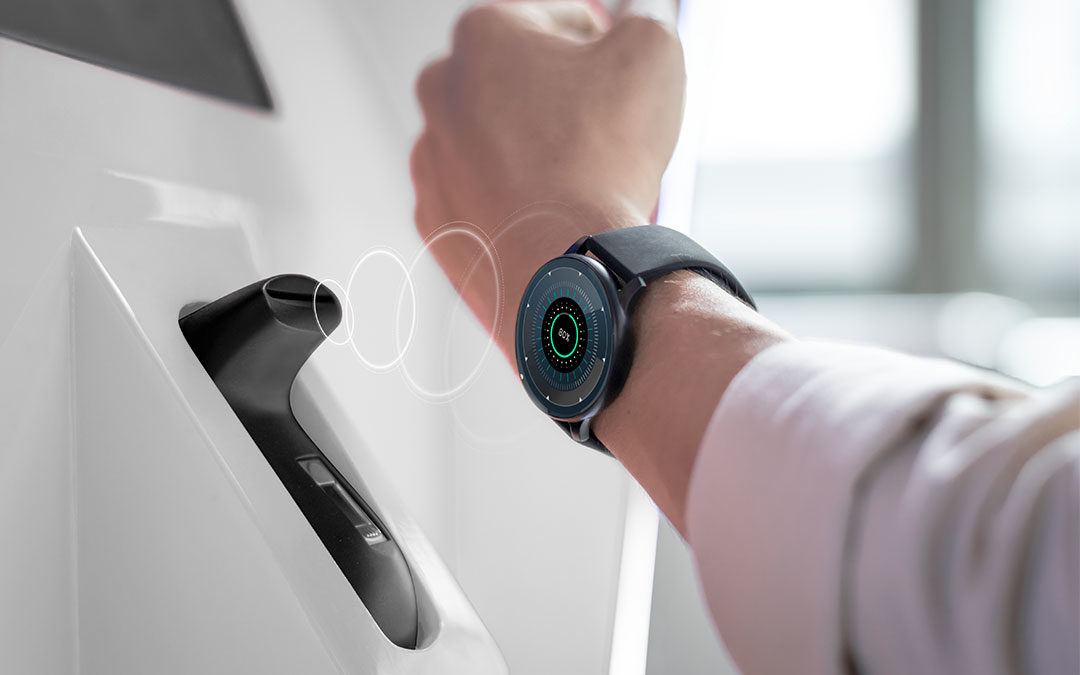Imagine if you could know what exactly was in a temperature-controlled package without having to open it and risk the preservation of precious samples? What if you didn’t have to go through each lab trying to find the sample you needed? RFID Technology (Radio Frequency Identification) is a powerful identification tool used in various industries for inventory and supply chain tracking. Here’s all that you need to know about it.
How Do RFID Tags Transmit Information?
Information can be transmitted remotely, even through longer distances, using waves. A wave is a disturbance traveling through a medium, like air or water, and energy is transmitted in the process. It travels in the form of regular pulses, and the distance between them is known as wavelength, while the time between two consecutive pulses is called frequency.
RFID uses radio waves and microwaves, and within this range, RFID can also have smaller subranges. Active RFID systems have tags powered by a battery that allows it to emit a signal of its own, while passive RFID tags require a scanner that can transmit the radio signal first so the chip can emit a signal in return. Passive RFID tags are more popular due to their convenience, robustness, and smaller size. Here’s what makes up the main component of a passive RFID system:
Tag: It is attached to a remote object and an antenna, and an integrated circuit chip containing the data required to identify that particular item.
Scanner/ Reader: It sends and receives modulated RF signals to communicate with the tag.
The data processing system (a computer): A database stored in a processing system has the associated information about the RF waves and can be distributed with other systems.
How Does The Tag Store And Send Data?
Since passive RFID tags cannot send signals independently, they are powered by the electromagnetic induction created by RF signals that the reader sends out first. As the power flows through the chip’s circuit, the current is delayed in a specific pattern, modulating the reflected signal. It occurs because of a shift in amplitude, where the reflected wave’s signal is different from the incoming waveform. Then the modulated signal specific to the chip is matched to the item in the database.
How Is RFID Technology Beneficial?
- It doesn’t need direct visibility: RFID tags can emit a signal even when covered or embedded within an item. It allows greater flexibility with the tag placement and reduces the risk of the tag detaching from the item.
- Can store more data: The EPC (Electronic Product Code) memory stores a particular number specific to that chip. The EPC number can tell you anything about an item using the corresponding database entry. The data can be changed, which is helpful during updates.
- Can scan multiple items at once: RFID tags allow scanning from many angles and can receive various backscattered signals at once, saving a lot of time.
- Provides better data protection & privacy: While security was a concern previously, encryption and shielding have ensured sensitive information confidentiality.
RFID is most commonly used in inventory management and helps you figure out the precise location of the item you want to find. RFID tags make it easy for you to find the correct item without even opening the box. If you are looking for a partner to help you implement RFID solutions, get in touch with us at TSPLLC.


